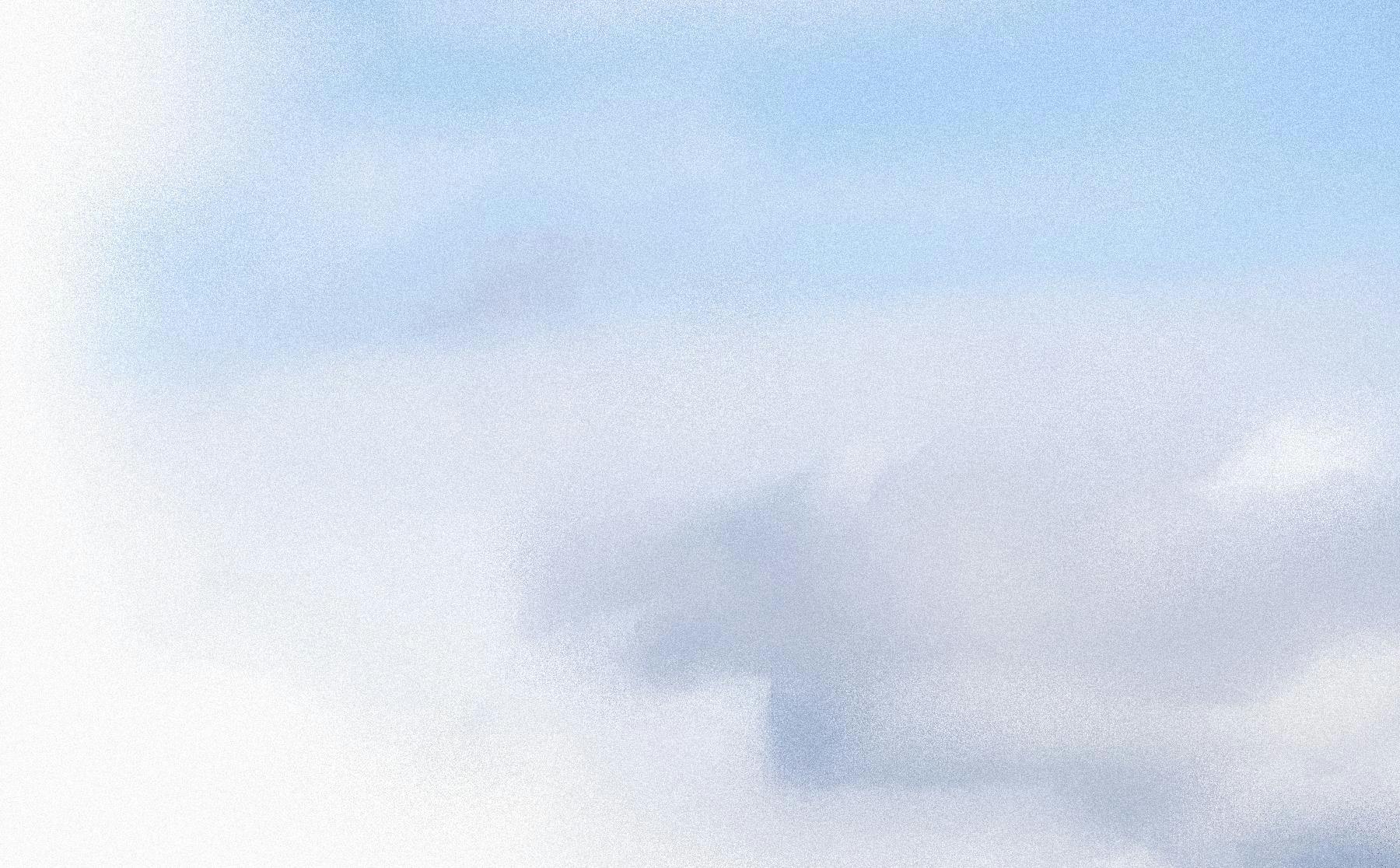"Every time I've been a part of a mural project, the people living with the artwork feel very excited to be in proximity to it–it lets them know that someone cares about them and the space they inhabit."


Growing up in Esquimalt, Caitlin always loved making art. Her high school years at Esquimalt High were pivotal, as she spent countless hours in the art room developing her unique style. For the past decade, Caitlin has been a full-time artist, balancing a personal studio practice with public art
Caitlin never imagined her work would reach such a large scale. In 2018, she was invited to create her first large mural for Concrete Canvas, a project by the City of Victoria’s Art in Public Places program in Rock Bay. This opportunity highlighted her ability to transform overlooked public spaces into captivating art, highlighting the powerful impact murals can have in sparking meaningful conversations and fostering connections among viewers.
Caitlin is drawn to public art projects that connect her with the community, particularly those related to social services, housing and local non-profits—she’s created murals in collaboration with Pacifica Housing, Our Place and MEW Transitional Housing (Montreal) among other organizations. Her work often involves extensive interaction with residents and organizers, fostering a collective sense of ownership and pride in the final piece.

Notably, Caitlin was involved in creating the murals at Aryze’s Tiny Homes Village—a transitional housing initiative with 30 homes made from repurposed shipping containers. Alongside local artists Kay Gallivan and Lydia Beauregard, Caitlin collaborated closely with residents to design the internal sections of the murals. Together, they incorporated imagery and symbols into the work that resonated deeply with those experiencing it on a daily basis.
This year, Caitlin has taken on several exciting projects. She recently finished a 37 ft long mural in the 6th-floor corridor at Centro, Aryze’s new purpose-built rental apartment building in Quadra Village. Additionally, she is working on a canvas project for the Bridging Care Program at Royal Jubilee Hospital—a program providing transitional support to people who might otherwise need to be hospitalized for psychiatric care. Next up, she’s preparing for a mural in Esquimalt—coming full circle to where her art practice first began.
In many of her mural projects, Caitlin takes on essential logistics, including securing funding, obtaining permits, managing permissions and overseeing work site operations. While these aspects of public art may not always be front and center, they are crucial for ensuring the success of each project. She advocates for a more inclusive approach where artists are actively involved in discussions about the location, purpose and execution of public art. Too often, they are sidelined in these processes, despite their deep understanding of community needs and urban environments where art can have the greatest impact.
“Murals pull art out of the exclusive gallery setting, making it accessible to all,” Caitlin says. She’s seen first-hand how the presence of art can shift a social environment, "Every time I’ve been a part of a mural project, the people living with the artwork feel very excited to be in proximity to it—it lets them know that someone cares about them and the space they inhabit.” She realizes that not everyone loves the art she makes, but that’s okay. Ultimately, art invites critique and conversation—and that’s what makes it interesting.
